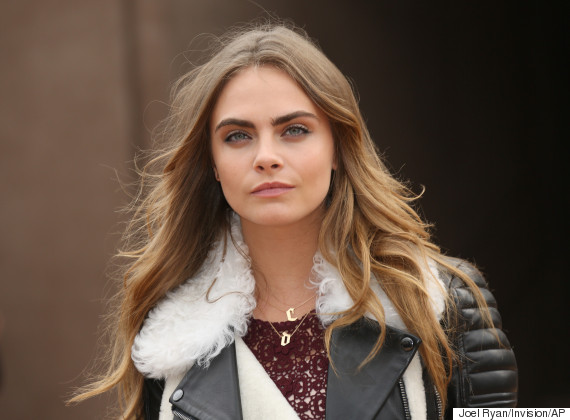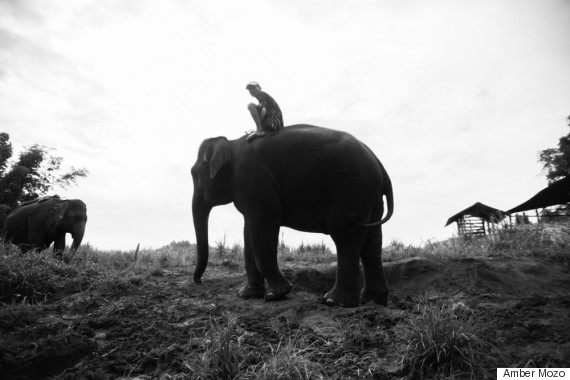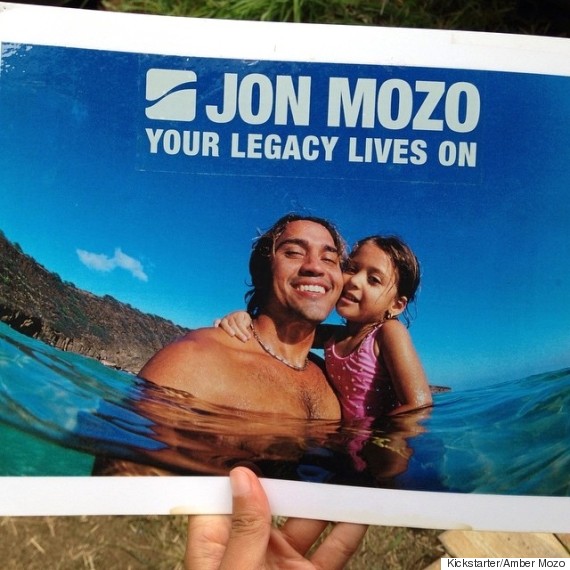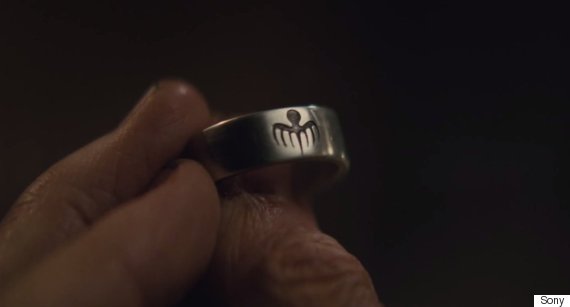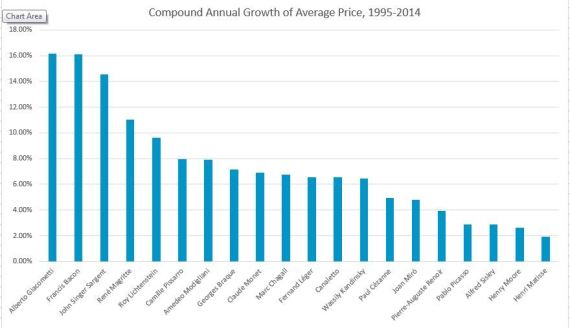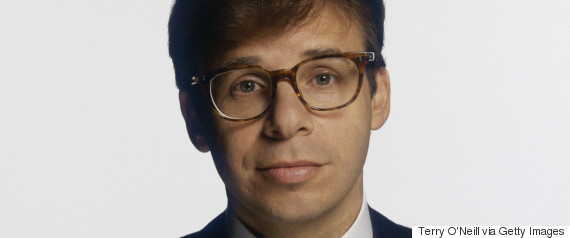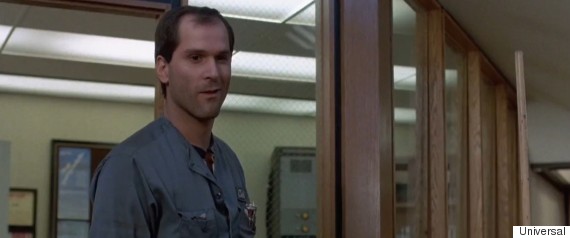In the same way that people are more than just a brain, an athlete, a basket case, a princess or a criminal, "The Breakfast Club" is more than just a movie. Released 30 years ago last month, John Hughes' classic film transcends generations and continues to reach new fans today. In fact, because of its popularity, it was recently
rereleased in theaters and given a newly restored DVD and BluRay, providing the cast with an opportunity to reminisce about their time on set.
Though the movie has been around almost a third of a century now, there are still a lot of things about it that a lot of fans don't know. In honor of
"The Breakfast Club's" 30th anniversary, HuffPost Entertainment talked to cast members Ally Sheedy, aka Allison Reynolds, and John Kapelos, aka janitor Carl Reed, about behind-the-scenes moments and stories that have never quite been told in full detail.
She's the basket case, he's the eyes and ears of the institution, and these are eight facts you might not know:
1. Judd Nelson wasn't almost fired JUST for picking on Molly Ringwald. He also couldn't stay in the shots.
By now you may have heard that Nelson, who played the volatile John Bender, was
nearly let go from the film. Though his picking on Ringwald was a large part of that, Sheedy explained to HuffPost Entertainment that there was more to the story.
"Judd kind of does this very free-ranging thing with his body. You can see it in the movie," said Sheedy. "He’s not great at hitting marks, and he wanted to move around and stuff, and I think they were having trouble keeping him in shot."
The story goes that the cast went to Hughes and pleaded with him to keep Nelson on the project. They also talked to Nelson about how he could help himself out. "If I remember correctly, we all talked to him. The four of us. And I think my thing about it was just focus, just focus, just focus," said Sheedy.
2. The topless scene wasn't the only scandalous moment removed. There was also a risque scene involving "MILFs."
Image: Giphy
Sheedy confirmed that a topless scene involving a swimming teacher was cut out of the film, saying: "I think John [Hughes] didn’t want to have it in the movie. I think he thought it didn’t really work for him."
Kapelos later added to the story, telling HuffPost that there was more to the scandalous moment. "I think there was also a scene with a bunch of MILFs or middle-aged cougar women who were doing an aerobics class in the gym and were really letting it go. I think there was a lascivious moment there," he said. "But you know... it's like putting a bow on an elephant. It just doesn’t belong there."
3. Rick Moranis, who was originally cast as the janitor, didn't just play the part as a Russian. He was also doing something suggestive with his keys.
![56481227]()
Moranis, who'd appeared in "Ghostbusters" the year before, was
originally cast to play the janitor in "The Breakfast Club," and Sheedy even says she was "a little star struck" by him while filming. Things didn't work out, of course, and Moranis was soon replaced by Kapelos.
According to the script, the janitor is meant to be a former student of the high school, as indicated by his picture in the case at the beginning of the film. But when it came to Moranis' portrayal, Kapelos said the actor and producers didn't have "a meeting of the creative minds at that moment."
![]() Kapelos pictured (middle) at the beginning of the film. (Image: MentalFloss)
Kapelos pictured (middle) at the beginning of the film. (Image: MentalFloss)
"From what I was told," said Kapelos, "he wanted to play the character as a Russian with gold teeth and keys between his legs, playing with it provocatively... and so it’s like, it wasn’t organic, I guess is putting it politely and correctly."
4. No, Ally Sheedy did not really use her dandruff as an art project.
![tv show gifs]() Image: MakeAGif/MTV
Image: MakeAGif/MTV
Though it's reported that
many scenes in the film were improvised, the scene where Allison Reynolds draws in the library isn't one of them.
Sheedy explains the scene was always in the film, and though she doesn't know who actually drew the picture, she did set the record straight on one detail. The actress explained that dandruff she scratched out of her hair wasn't actually dandruff or even Parmesan cheese as previously thought. "I think it was potato flakes of some kind," Sheedy said.
5. There's a dark answer to Judd Nelson's question, "How does one become a janitor?"
Image: Giphy
A memorable moment happens when John Bender asks Kapelos' character "how one becomes a janitor." Though it's clear Bender is just doing it to irk him, it turns out there was an answer to the question after all.
"Really? You want to know?" laughed Kapelos when HuffPost Entertainment repeated Bender's question. The actor then went into his character's dark history, saying: "You have to have your heart broken by your teenage sweetheart in your third year of university when you’re doing a great football scholarship. Drop out. Lose her heart. Lose her affection. Make sure her father hates you even more and will never include you in his future plans. Even if you try to make up to her. And then you get a job at your old high school as a janitor, and you try to lick your wounds. That’s how you become a janitor. That’s Carl's pathetic backstory."
6. A cut scene shows that Allison wasn't smoking pot with the others because she was actually off somewhere singing.
A variety of scenes from the movie were cut from the final film, and Sheedy recalled one that was a big moment for her character.
"John [Hughes] let me shoot something with Allison alone in the audiovisual tiny room, singing a capella," she told HuffPost. "That was something I just came up with. Singing a little song to herself. And that was, for me, the emotional transition that was when they were smoking pot."
"She sang the song to herself and then she walked out of the room and just joined the group," Sheedy went on. "So that wasn’t in the script, and he actually let me shoot it. He shot it twice, and then afterwards said that everybody sort of thought it was a little bit too weird."
7. Principal Vernon's anger was totally real.
![]() Image: BavaTuesdays
Image: BavaTuesdays
Hughes allowed a lot of improvisation in the movie, and one moment that made it into the film was the conversation between Carl and Paul Gleason's character, Principal Richard Vernon, after the janitor catches Vernon
going through confidential files.
"John Hughes just told me before the take, 'Cut him off and ask him for 50 bucks.' So I did," said Kapelos. "And if you see the movie again, take a look at Paul's reaction, because it’s real. He was really [ticked off]. And after John Hughes yelled 'cut,' it got a little funky for a bit. He was like, 'Really?' He got annoyed. We got the take on that one."
8. Kapelos told Emilio Estevez that if he'd been present for Martin Sheen's 1977 heart attack, he would have just let it happen... not knowing that Sheen was Estevez's father.
![carl]()
Though he explained that no one has really told the story correctly, Kapelos says that one day on set he did call out Estevez and Nelson for goofing off while he was shooting a scene. He told HuffPost: "I'm on a movie set, and I'm scared, you know, shitless. I want to do well. They’re trying to make me crack up. They’re goofing off."
To get Estevez and Nelson to stop, Kapelos said, he told them: "You guys would’ve been great if you were on the set of 'Apocalypse Now' with Martin Sheen, and he goes in front of you and starts having his heart attack, and you’re not believing he’s in trouble, and he’s just wincing and moaning in pain and ripping at his chest and you guys would just sit there and let him have his heart attack, right?"
"In other words," Kapelos told HuffPost, "I was saying, 'Hey, I'm up here struggling. I’m in pain, and you guys are just letting me wither on the vine.'"
That's not how Estevez took it, though. "All of a sudden Emilio's face goes white. Like, I'm telling you, expressionless and white. And everybody's looking at me like I just shot the pope." Hughes told Kapelos that Estevez was Sheen's son, and though Kapelos was "flummoxed" and apologetic, it was too late. Estevez never accepted an apology. "The garage door was going down," said Kapelos. "That’s all Emilio wrote."
Bonus trivia: Ally Sheedy doesn't actually eat breakfast.
Image: Giphy
She's a member of "The Breakfast Club," but Sheedy says breakfast isn't actually her thing. "I never, ever eat it. Ever," she told HuffPost. "I really just like to get that caffeine going in the morning and just have that buzz as long as possible."
Happy anniversary, "Breakfast Club." Here's to another 30 years!
![tv show gifs]() Image: Giphy
Image: Giphy
![tsunami photo search]()
![tsumani uncovered photos]()
![tsunami uncovered photos]()
![tsunami uncovered photo]()
![]() Like Us On Facebook
Like Us On Facebook ![]() Follow Us On Twitter
Follow Us On Twitter



 Like Us On Facebook
Like Us On Facebook  Follow Us On Twitter
Follow Us On Twitter











